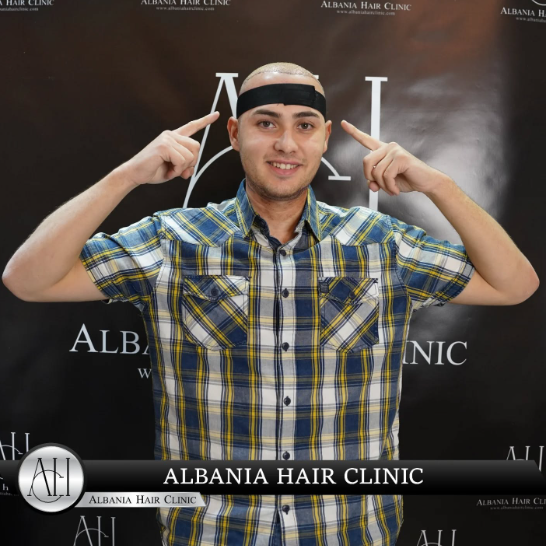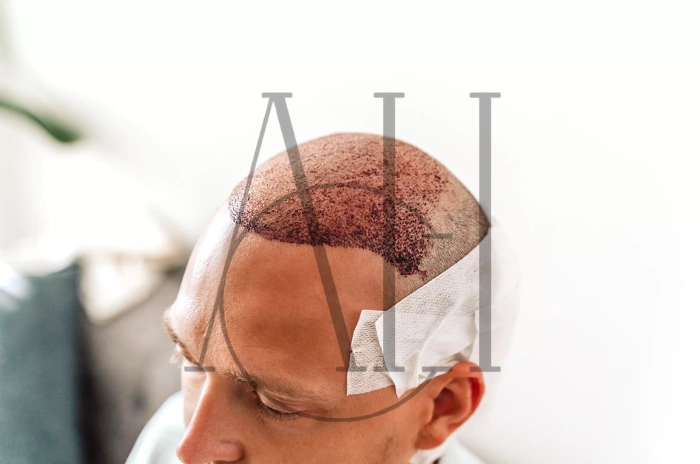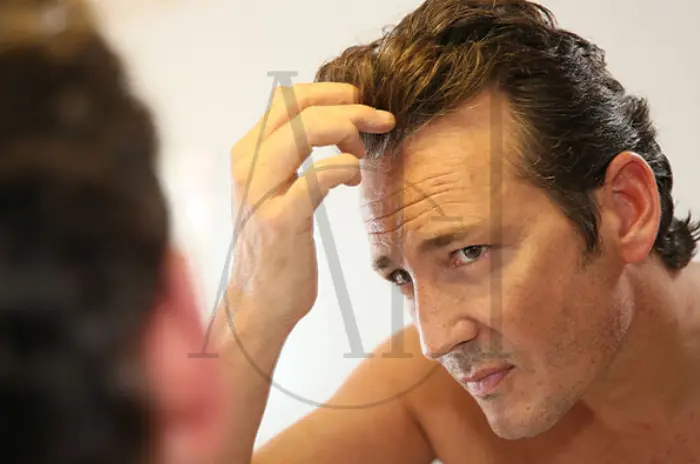Hair loss can be a major concern for many people, especially when the hair on the scalp starts thinning or falling out. A traditional hair transplant uses donor hair from the back or sides of the head, but what happens if those areas don’t have enough hair? That’s where body hair to head transplant becomes an interesting option. In this guide, we explore everything about using body hair for scalp transplantation and answer the most common questions in simple terms. This procedure is becoming more popular each year, especially among patients who want fuller coverage but have limited scalp donor hair.
Table of Contents
ToggleWhat Is a Body Hair Transplant?
Understanding the Basics
A body hair transplant (BHT) is a type of hair restoration where hair is taken from parts of the body like the chest, beard, arms, legs, or back and transplanted onto the scalp. This procedure is especially useful when the traditional donor area on the scalp is too weak or limited. With advancements in technology, doctors can now use finer tools to extract and place each hair follicle more precisely, increasing success rates.
Not a New Technique
Body hair transplant is not completely new. It’s been performed for over a decade but has gained more attention in recent years due to improvements in tools and techniques, especially FUE (Follicular Unit Extraction). This method allows doctors to remove single hair follicles carefully, even from difficult body areas. The results are more natural than ever, and many patients have shared positive feedback after the surgery.
Who Is a Good Candidate for a Body Hair Transplant?
When Scalp Donor Hair Is Not Enough
People who have had several hair transplants before or those with very little donor hair left on the scalp may be good candidates. Also, people with scarring on the scalp might benefit from body hair use. Patients with widespread baldness often find this to be their best remaining option.
Good Hair Match Is Important
The success of this procedure depends on how well the body hair matches the texture and growth pattern of the scalp hair. Beard and chest hair often provide better results than leg or arm hair because they are thicker and grow faster. A hair transplant expert will carefully evaluate your hair type before planning the procedure.
Scalp to Body Transplants
Reverse Transplants
In some rare cases, hair can be transplanted from the scalp to areas like the beard or eyebrows. However, this is less common. Most people want to restore hair to the head, not the other way around. These types of cosmetic procedures are usually done for facial enhancement or scar coverage.
Cosmetic Use
Some people also request scalp hair to be used for filling in thin areas on the chest or beard for cosmetic reasons. This needs careful planning and is only done by skilled specialists. These procedures are more complex and not performed in all clinics.
Is All Body Hair Good for a Hair Transplant?
Not All Hair Is Suitable
While body hair can be used, not all body hair is ideal for transplantation. Thin, light-colored, or curly body hair may not grow well on the scalp. Some hair types may not blend naturally with scalp hair and could produce uneven results.
Best Sources of Body Hair
-
Beard
-
Chest
-
Back
-
Abdomen These areas often provide the thickest and most usable hair follicles for a scalp transplant. Hair from these regions is more robust and has a growth cycle closer to scalp hair.
Albania Hair Clinic – Trapianto Capelli in Albania (@albaniahairclinic)’in paylaştığı bir gönderi
Why Body Hair Works for Hair Transplants?
Similar Growth Pattern
Some body hair, especially beard and chest hair, has a similar growth cycle to scalp hair. This makes it a better fit for transplantation. Matching the natural rhythm of hair growth improves the final look of the transplant.
Can Improve Density
Using body hair as an extra source can increase hair density in areas that are already transplanted or areas that need more coverage, such as the crown. This allows doctors to fill in spaces without overusing scalp donor zones.
How Does a Hair Transplant with Body Hair Work?
Step-by-Step Process
-
The doctor examines your donor areas (scalp and body).
-
Suitable body hair is selected.
-
Hair follicles are removed using FUE tools.
-
The scalp is prepared for implantation.
-
The body hairs are placed into the bald areas carefully. Each step requires precision to ensure the best results and reduce graft damage. Doctors also plan the angles and direction of the new hair for a natural look.
Recovery Time
The recovery process is similar to regular scalp transplants. However, body donor areas may take longer to heal and may feel sore for a few extra days. You should avoid heavy activity, direct sunlight, and swimming until your doctor says it’s safe.
Body To Scalp Hair Transplants
FUE Is Key
Follicular Unit Extraction (FUE) is the most common technique used for body to scalp transplants. It allows doctors to remove single follicles with minimal damage. This makes the procedure more precise and leaves fewer scars.
Donor Management
Doctors must be very careful when selecting body donor hair. Overharvesting from the body can lead to patchy or unnatural areas, so the process must be planned well. Skilled surgeons know how to take just enough to avoid noticeable loss.
Body Hair Transplantation: An Option If Donor Sites Are Too Sparse
A Second Chance for Some Patients
If you’ve already had one or more transplants and don’t have enough donor hair left on your scalp, a body hair transplant gives you another option. It expands the number of grafts available for use.
Expanded Donor Pool
With body hair, the number of usable grafts increases. This means more chances to get the look you want, even if your scalp donor hair is limited. Many people with advanced baldness see this as their only realistic option.
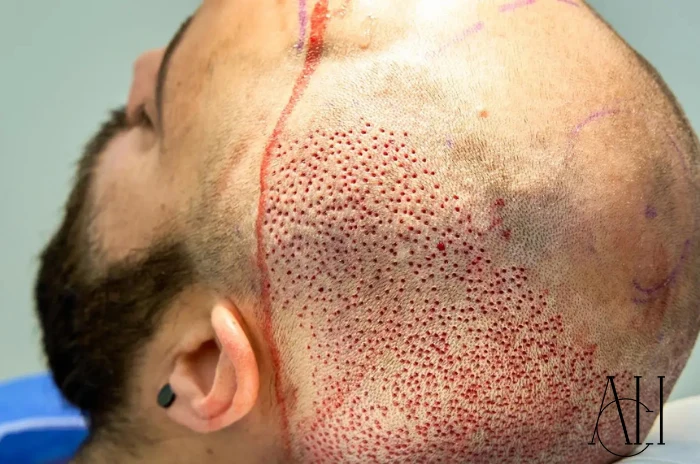
Body Hair Transplant Results
What to Expect
Body hair transplant results may not be exactly the same as scalp hair, but they can still provide a fuller look. Many patients are happy with the improvement in density and coverage. The results depend heavily on how well the donor hair blends with the rest of your scalp hair.
Time and Patience Needed
Hair from the body grows slower and may take longer to show full results. Be patient and follow your doctor’s aftercare instructions carefully. Most people see full growth between 9 and 15 months.
Body and Chest Hair Transplant
Beard and Chest Hair Are Best
Among all body hair types, beard and chest hair are the most used in body hair to scalp transplants. They grow thicker and can blend well with natural scalp hair. Their strong root structure makes them suitable for dense packing.
Good for Crown and Middle Scalp
These hair types are especially useful for areas like the crown or mid-scalp where thickness is more important than hairline detail. Hairlines usually require finer hair, which is better taken from the nape or behind the ears.
Advantages of Using Body Hair for Transplants
More Grafts Available
Body hair offers a new source of donor grafts. This is helpful for people who have limited hair on the scalp. It allows doctors to plan larger or more detailed surgeries.
Restore Large Bald Areas
With the help of body hair, doctors can treat more extensive baldness. It allows for better coverage and a more youthful appearance. Patients who were once not eligible for surgery can now get real results.
Disadvantages and Risks
Different Hair Characteristics
Body hair is not identical to scalp hair. It may grow at a different angle or speed, and its texture may be coarser or curlier. These differences can be seen if not placed carefully.
Unpredictable Growth
Not all transplanted body hair grows well. Some follicles may fall out or grow slowly. The results can vary depending on your skin type and hair type. Success rates are higher when beard and chest hair are used.
Scarring in Donor Areas
Body areas like the chest and back can develop small scars after graft removal. These usually fade but can be noticeable at first. Proper aftercare and expert handling reduce this risk.
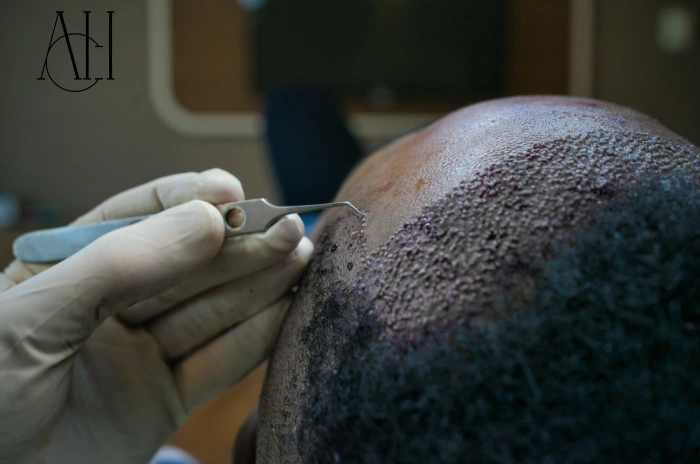
How to Prepare for a Body Hair Transplant
Initial Consultation
Speak to a qualified hair transplant surgeon. They will check if you’re a good match for this type of procedure. Photos or a scalp analysis may be used.
Medical Tests and Planning
You may need to do some basic tests. The doctor will create a plan that includes how many grafts are needed and from which body area. You may be advised to trim or shave body hair before the surgery.
Stop Smoking and Alcohol
Stop smoking and avoid alcohol at least 1 week before surgery. This improves healing and blood circulation. Healthy habits also support better hair growth after the procedure.
Cost of Body Hair Transplant in Turkey
Average Price Range
The cost of a body hair to head transplant in Turkey is usually between €2,000 and €4,000, depending on the number of grafts and the clinic. This is much more affordable than similar procedures in other countries.
What’s Included?
Many Turkish clinics offer all-inclusive packages that cover:
-
Consultation
-
Procedure
-
Hotel accommodation
-
Airport transfers
-
Post-op medicines This makes Turkey a convenient and budget-friendly destination for international patients.
Choosing the Right Clinic for Body Hair Transplant
Check Experience
Look for clinics that have experience with body hair transplantation, not just regular scalp transplants. Review their before-and-after photos to evaluate results.
Read Reviews
Patient reviews and before-after photos are useful for checking the success rate and results of a clinic. Make sure the clinic is certified and has a good reputation online.
Ask the Right Questions
Before deciding, ask:
-
How many body hair transplants has the clinic done?
-
What areas of the body are used most?
-
How do they ensure graft survival?
-
What aftercare is included? These questions will help you understand the clinic’s experience and care level.
Is a Body Hair to Scalp Transplant Worth It?
A New Hope for Many Patients
For people with limited scalp donor hair, a body hair to head transplant can be a great solution. With the help of modern techniques and expert doctors, good results are now possible. This method is no longer experimental but proven in thousands of patients.
Consider Your Options
If you are thinking about this procedure, speak to a hair transplant specialist. Make sure your donor body hair is suitable, and plan your transplant carefully. With the right approach, body hair can help you achieve natural and satisfying results. Always do research, choose a certified clinic, and follow the doctor’s advice for the best outcome.
Frequently Asked Questions
Can body hair really be used for hair transplants on the head?
Yes, body hair—especially from the beard or chest—can be used to restore scalp hair when donor hair from the head is not enough.
Is body hair as good as scalp hair for transplant?
Body hair can help improve coverage, but it may grow differently in texture or speed compared to scalp hair. Beard and chest hair give the best results.
How long does it take to see results from a body hair transplant?
It usually takes 9 to 15 months to see full results, as body hair grows slower than scalp hair.
Are there any side effects of using body hair for transplants?
Some risks include slower growth, texture differences, and small scars in the body donor areas. Choosing an experienced clinic can reduce these risks.
How much does a body hair transplant cost in Turkey?
In Turkey, a body hair to head transplant costs between €2,000 and €4,000, often including hotel, transfers, and medications in the package.

